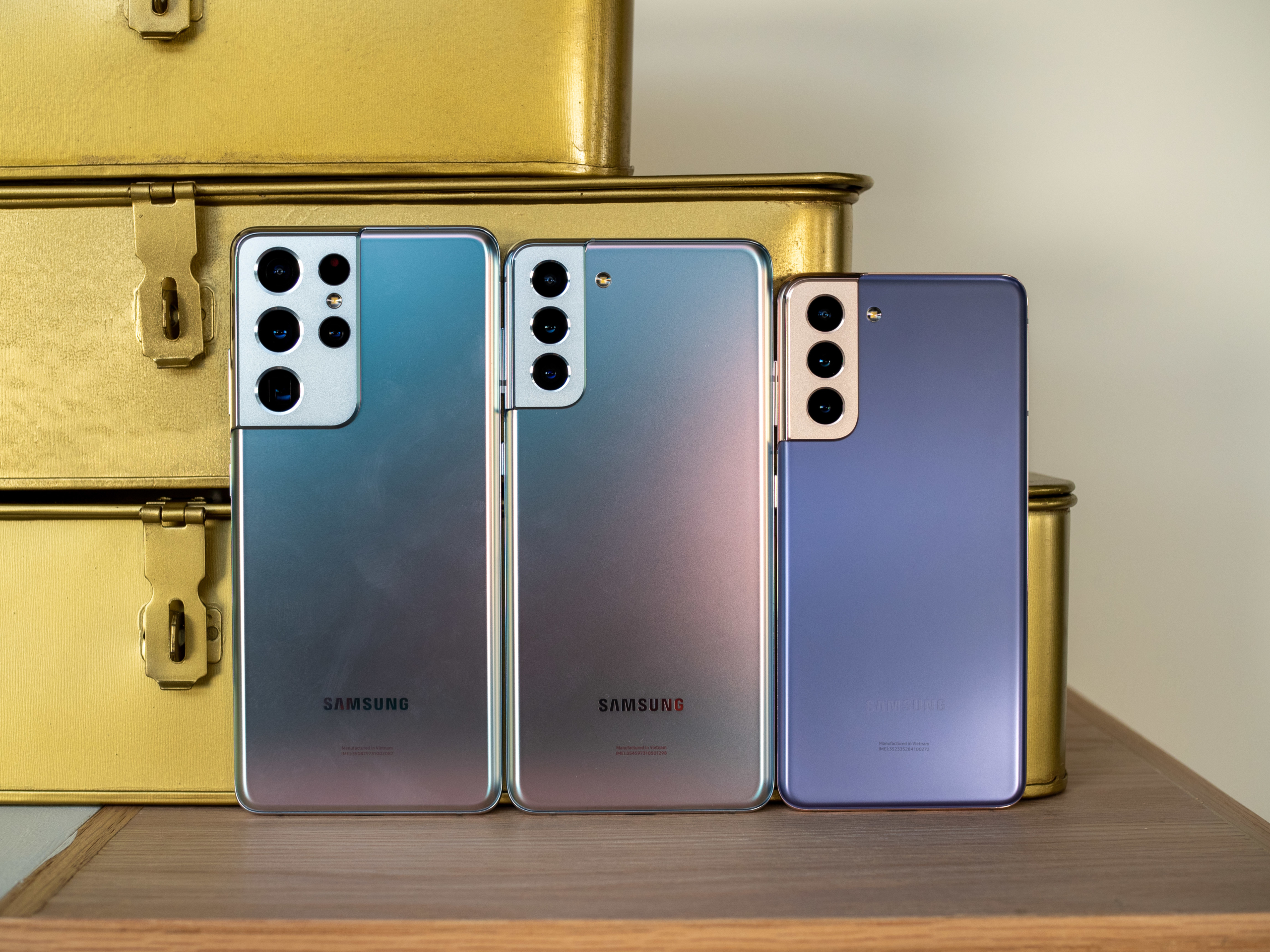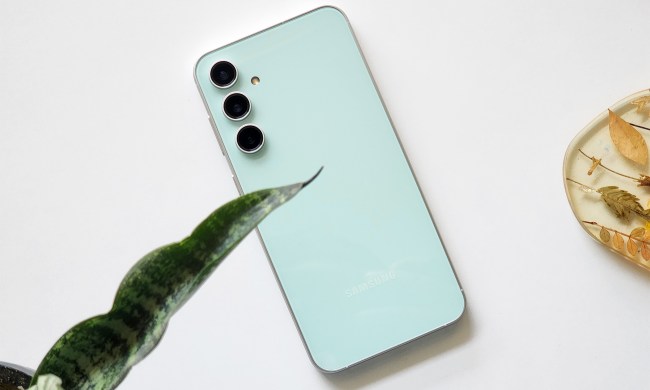The Samsung Galaxy S21 was announced a while ago now, and pre-orders for the phone have officially ended, meaning customers are finally getting their hands on the device. All the reviews are in too, with the vast majority of them praising the phone for its stunning new design, beautiful display, and excellent performance. But there’s one aspect of the phone that some might still be unsure about — the plastic back.
When the device was released, I asked the question: Are we okay with the Galaxy S21 being made of plastic? Now, after having used it for a while, I have an answer. Yeah, I’m kind of fine with it.
Premium plastic?
Let’s be clear — most of the arguments against Samsung using plastic on devices like the Galaxy S20 FE and Galaxy S21 have less to do with real-world look and feel, and more to do with the very idea that plastic is involved.

I get it. Plastic is cheap, and it’s used on cheap phones. As a result, when it’s used on more expensive phones, it makes them seem less than premium. Glass has been used as a differentiator, indicating that you have an expensive phone. And, arguably, they are less than premium — even Samsung is still using glass on the more expensive Galaxy S21+ and Galaxy S21 Ultra.
But Samsung’s material science is getting better, and the plastic on the Galaxy S21 doesn’t look or feel like you might assume that plastic would look or feel. And it certainly feels better than the plastic on a properly cheap phone. I forgot that the Galaxy S21 had a plastic back after a few hours, and I honestly have to be reminded.
Plastic has its pros
Once you actually use a premium plastic phone, you might be pleasantly surprised. I know I was. After using both the Galaxy S20 FE and the Galaxy S21, I can safely say that you’ll get used to the plastic back within a day — and you might even enjoy it.
The back has a soft touch to it. It’s more durable than glass. And, Samsung’s implementation of it doesn’t look all that different than the matte glass it uses on the Galaxy S21+ and Galaxy S21 Ultra anyway.
Once you actually use a premium plastic phone, you might be pleasantly surprised.
There’s another advantage to the plastic use: It’s one of the sacrifices Samsung has made to reach this enticing price point. The Galaxy S20 came in at $1,000 — and the Galaxy S21 was dropped to just $800. One of the cut corners is the lower-resolution, 1,080p display. The other big one is the plastic back.

It’s seriously worth it. The overall experience of using the Galaxy S21 is the same as it is on the Galaxy S21+ — a plastic back doesn’t change anything you can do with the phone. You just don’t get quite the same feel. The device is still powerful, has a beautiful display, and, as a trade-off to using plastic, a more durable back. Add that to the fact that most people use a case with their phone anyway, and the plastic back makes a whole lot of sense.
I’m not trying to argue that the use of plastic on the Galaxy S21 is better than glass — it’s not. But I’m happy that this is the compromise Samsung made when it dropped the price of the Galaxy S21, not something else that would actually change how the phone works. I would much prefer a plastic back than, say, a lower-end processor, or a lower refresh-rate display. Those are things that can actually change how you use the phone. The plastic back changes almost nothing.



